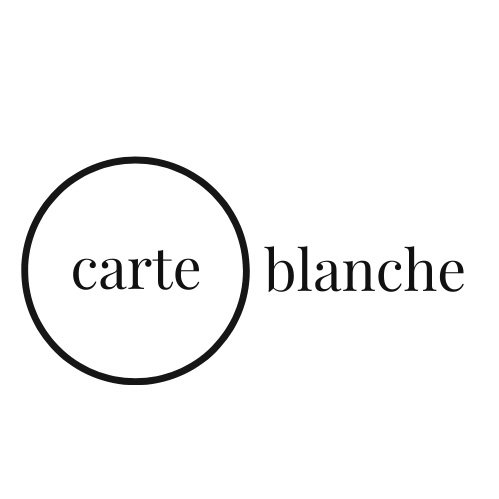A Reader’s Prescription: Funeral for a Dog
Every once in a while, I lose my ability to read. It's not that I can't make out the words on the page, or understand the sentences they form. It's a kind of restlessness that comes over me, a dissatisfaction with the books on my shelves, a not knowing what I want to read (perhaps there's too much choice?) and then, somehow, I can't read anything.I have found that a cure for this is, paradoxically, to go to the library and browse as many books as I can until something—a word, a phrase, or even the cover—pierces the cloud of my indifference and I can feel the excitement of the reader once again.I was suffering from a bout of this literary malaise when I discovered Thomas Pletzinger's Funeral for a Dog in the romans anglais section on the first floor of the Bibliothèque Nationale (it was March 13, 2012). I will admit it was probably the word dog that caught my attention. (I was about to adopt my first dog and my attention was attuned to all things canine.) Then the whole title registered and something about it, the rhythm, a hint of detachment (not my dog, or the dog, but a dog), made me open it and start reading. (The title, like the whole book, has been translated from German to English by Ross Benjamin.)When I browse a book at the library, I don't start at the beginning. I randomly open the book and read a passage or two to see how it makes me feel. I don't remember what I read that day in the library—perhaps it was this line from p. 22 "I could carry her suitcase (I could offer her my life), but she's apparently traveling without baggage." Or the heading a third of the way down another page "little porno face" which is followed by another section entitled "Santuario di Nostra Signora della Caravina"—but I found myself thinking, what is this book?The story takes place in Hamburg, Lugano, New York, Brazil, France, and on a Baltic Sea beach (I may have forgotten other places), and it is divided into fragments with headings like "little porno face" or "interference with the research plan," and it has illustrations. It could all be overly experimental and difficult to follow (there is more than one narrator) but it's not. It's a story (of love and loss) that somehow needs this form to be told.That day in 2012 I took Funeral for a Dog home and I read. I read the story of Daniel Mandelkern, a journalist who is sent to interview a children's author by his wife Elizabeth (she is also his boss, and she wants to have a child). I read the story of Dirk Svensson, aforementioned children's author, who has written a book called Leo and the Notmuch. I read about Tuuli and Felix and Kiki. I read about the boy, about Elizabeth, and about Lua, the three-legged dog.Yes, there is a dog in the story and it is important. Important for the story, and because, thanks to the dog, I took the book home that day, and I read. And I kept on reading. Maria Schamis Turner is a freelance writer and editor based in Montreal. She is vice-president of the Creative Nonfiction Collective and creative nonfiction editor of the online literary magazine carte blanche. She is co-producer and co-host of This Really Happened.
Maria Schamis Turner is a freelance writer and editor based in Montreal. She is vice-president of the Creative Nonfiction Collective and creative nonfiction editor of the online literary magazine carte blanche. She is co-producer and co-host of This Really Happened.

